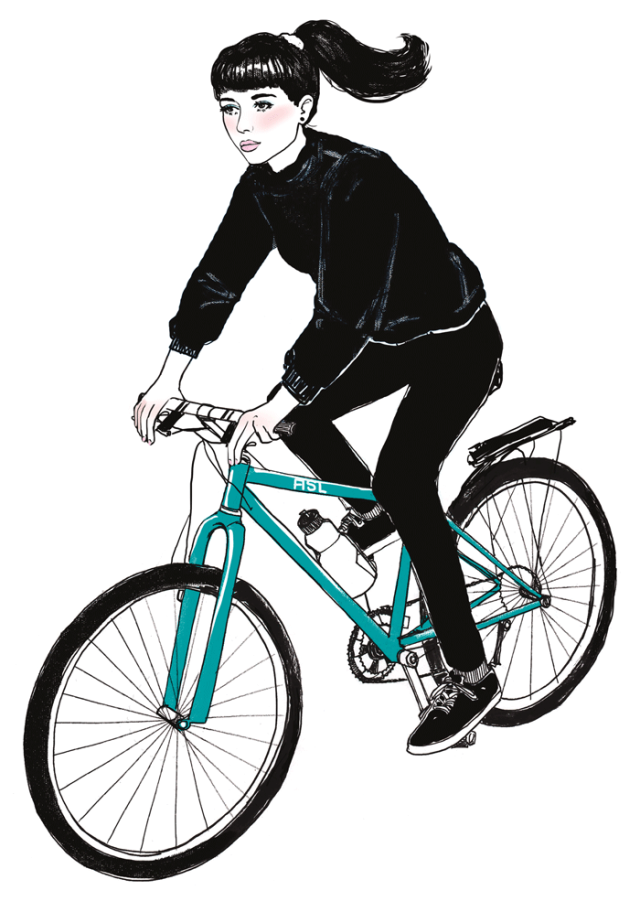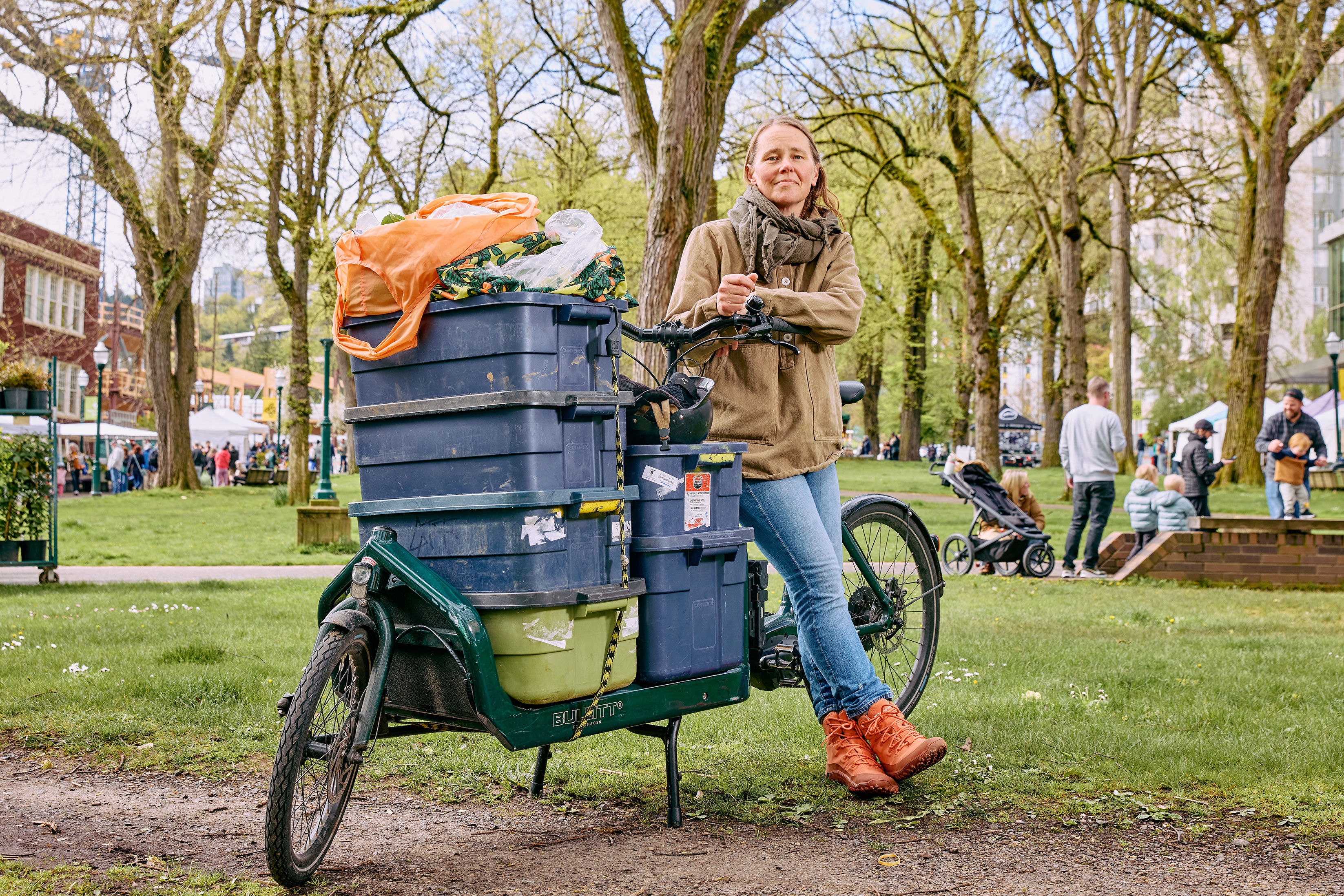Kickstart Your Spring Cycling with a Personalized Bike Fitting

Pedal PT is in-network for many local insurance carriers, so the $115 bike fittings are often covered by a small copay or count toward a deductible.
Image: Amanda Lanzone
When Kevin Schmidt left his corporate physical therapy job to start his own private practice, he relished the freedom of his new, two-mile bike ride to work. But soon, back and knee pain started to derail his fresh-air commute. “There’s no bike education in the conventional curriculum of physical therapy,” he says, “and there’s an urban myth that assumes pain is an inevitable part of riding. But it’s completely possible to isolate where pain is coming from and change the bike, not the body.”
In 2012, Schmidt opened Pedal PT in Southeast Portland, the city’s first cycling-focused physical therapy clinic. In place of the costly laser tests and slow-motion machines used in many pro fittings, Schmidt uses hands-on adjustments and analog tools to inexpensively size up everyone from racers aiming to boost their aerodynamics to grandmothers hoping to maintain their weekly rides to the farmers market. Here, Schmidt provides some rules of the road.
Need for Speed
“People think that pedaling slowly at a higher gear is safer for their joints, but that actually causes more stress on the knee, joints, and lower back. It’s best to ride in a lower gear, while maintaining 80–90 rpm on flat roads and 70 rpm on climbs.”
Pedal Power
“The ball of your foot should land squarely on the center bar of the pedal. Too far back and your toes will try to point and grip, causing foot cramping and numbness; too far forward and you lose the power and efficiency of your stroke.”
The Right Angle
“Sometimes people don’t need new handlebars or a new stem—they just need to learn how to sit up correctly. Your back should be flat, with chest lifted, and arms should extend from the torso at a 90-degree angle to prevent neck and lower back pain.”
Lofty Saddle
“Many people in Portland ride with their seats too high. When the leg is fully extended at the bottom of the pedal stroke, the knee should be about 35 degrees from straight—that’s more than you’d think. A straighter leg risks hamstring injury and knee pain.”
throw ’bows
“Your elbows should never be locked out—you want to keep your ‘wings’ free to move around and absorb the shock from the road.”




